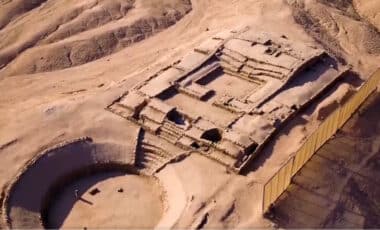“THE BATTLE OF MIDWAY – The Naval Institute Guide to the U.S. Navy’s Greatest Victory”,edited by Thomas C. Hone. Naval Institute Press, Annapolis, MD 21402: originally published in2013, republished in 2022, sc. Visit, www.usni.org for price.Of course, after Midway, the Japanese campaign of conquest, their freedom of movement bysea, was restricted. It should be known at the outset that the only people surprised by theMidway operation were the Japanese. Owing to our having cracked the Japanese naval code,we knew they were coming, and approximately when and in what strength, which, of course,our main force did not bite on the lure to the Aleutians. Here, at Midway, CinC Chester Nimitzgambled logically and realistically, and won. 4 June showed the enemy in full flight in severaldirections, leaving the sea behind strewn with wrecked and burning ships. Here, at Midway, thetide of defeat had been halted. So gargantuan was our victory in those few minutes of attack
and sinking when three enemy carriers were sent to the bottom, and the fourth sunk later in
the day, that the Japanese Navy never once told the Japanese of its fleet until well after thewar!!!This fabulous anthology guide includes some of the most vibrant and informed accounts yetwritten or told via oral history by individuals who fought on one side or the other of the 4 June1942 battle. It pulls together memoirs, articles, excerpts from other Naval Institute Press books,Naval Institute oral histories, and relevant government documents to help readers understandwhat happened and to explain why the battle proved significant to the Navy and the entirePacific campaign.To assist in that insight and understanding, consider purchasing for your home Naval Library,“THE NAVAL INSTITUTE HISTORICAL ATLAS of the U.S. NAVY”, by Craig L. Symonds, Cartographyby William J. Clipson. Naval Institute Press, Annapolis, MD 21402; originally published inhardcover, texts and maps, in 1995, republished in 2001, sc. Visit, www.usni.org.From the Battle of Flamborough Head during the American Revolution to the naval air warsover Vietnam and Kuwait, this excellent NIP historical atlas charts the course of the U.S. Navyacross its entire history. Laid out are the frigate duels of the War of 1812, the confrontations ofironclads during the Civil War, the World War carrier battles in the Pacific, and the amphibiouslandings in Korea. Campaigns, operations, and interwar interventions – like the cruise of theSusquehanna, Perry’s mission to Japan, the Cuban Missile Crisis, and Desert Storm are alsohighlighted to make this cartographic portrait of U.S. naval actions understandable in a glance.A total of 94 high quality, large-formal maps are presented in full color and show thedeployment of ships, their tracks, and even some shore activity. Facing each map is a narrativedescription of the action and an explanation of its political, economic impact. Organizedchronologically into eras, each of the atlas’s ten sections is preceded by an intelligent, scholarlyessay about the period along with its relevant item. This is a major, valuable addition to one’s
favorite bookshelf.








